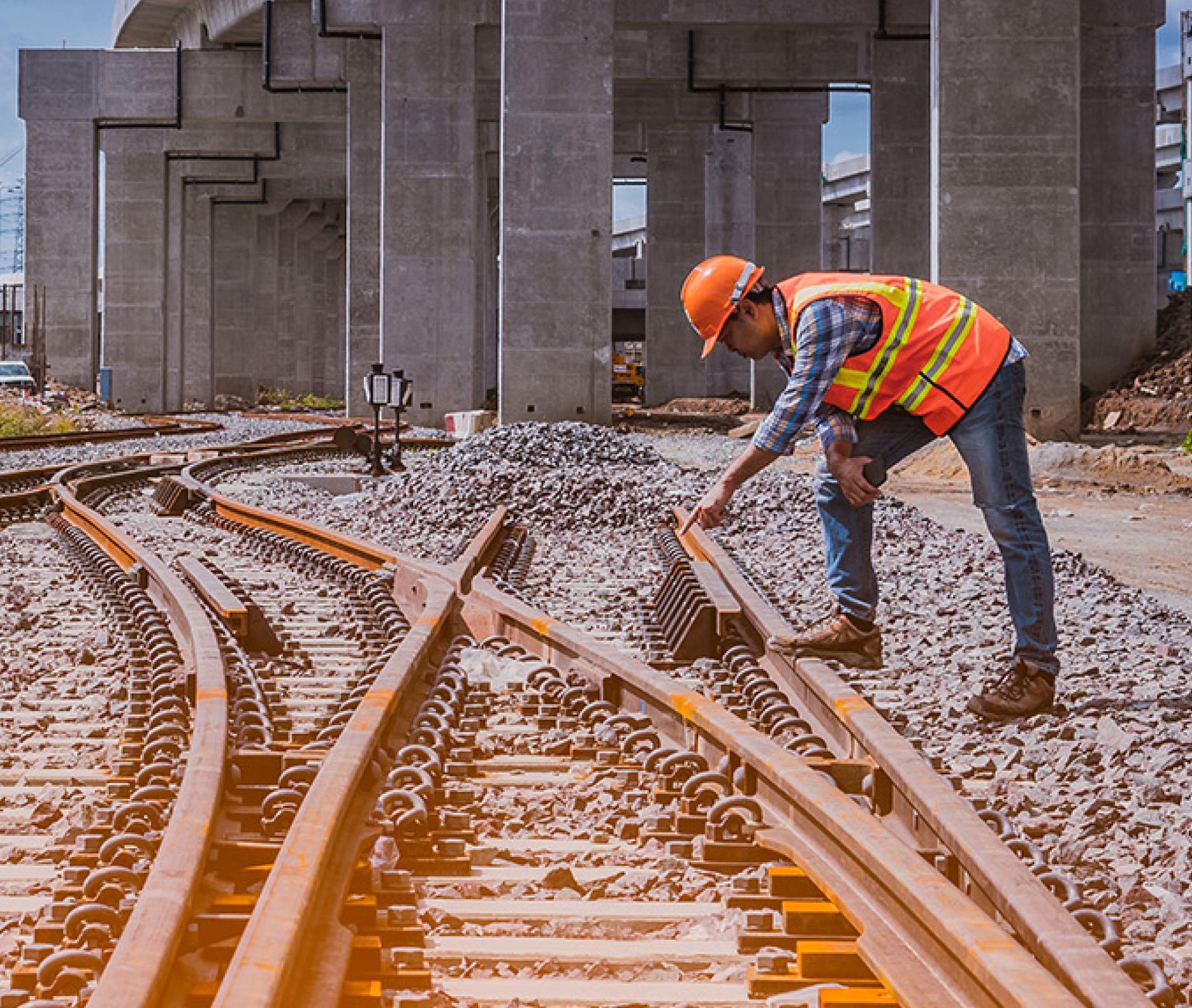In another press conference, the NTSB has indicated additional information about the timeline for the speed of Amtrak 188. Mr. Sumwalt has indicated that 65 seconds before the video stops, the train was traveling at over 70mph; at 43 seconds, it was above 80mph; at 31 seconds, it was above 90 mph; at 16 seconds, it was above 100 mph. As such, we now know that the train was accelerating until the engineer applied the full emergency braking system a few seconds before the derailment. There is still much investigation to be done before causation can be established.
Will Amtrak Passengers Face A Cap on Compensation?
The derailment of Amtrak Train 188 is drawing sharp criticism of the passenger train service and the federal government. As more information about the failure to update safety mechanisms on Amtrak’s rail lines emerges, many Americans are beginning to wonder who should be held responsible and how. But, passengers injured in the tragic and preventable incident last Tuesday will soon discover that the federal government limited Amtrak’s liability for these kinds of disasters almost 18 years ago.
In 1997, when Amtrak was facing bankruptcy, Congress passed a federal law capping the amount of money that a passenger rail company, like Amtrak, would be required to pay injured passengers. As part of a national movement toward tort reform, Congress believed that limiting Amtrak’s responsibility to compensate the injured would deter frivolous lawsuits and save the passenger rail service from almost-certain bankruptcy. Eighteen years later, the law remains unchanged, without any adjustments for inflation or rising medical costs. Still bound by the 1997 law, the aggregate allowable award for all injuries arising from a single accident cannot exceed $200,000,000, including punitive damages and regardless of fault, cause, or even gross negligence.
While $200,000,000 may seem like a very large sum of money, it is not enough for people injured in derailments and collisions. In fact, when a large number of casualties are involved, it is not uncommon to see many of the injured left unfairly compensated by the $200,000,000 cap. After a 2008 MetroLink collision that left 25 people dead and dozens injured, for example, Judge Peter Lichtman was reported by the Los Angeles Daily News to have said, “[t]here is not enough money to compensate the victims for future medical care and past pain and suffering.” Sadly, many of the injured in that case were never adequately compensated for their suffering despite MetroLink’s clear wrongdoing.
Of note, many news outlets are reporting that an employee has filed the first lawsuit related to the derailment. It appears that the employee has brought both FELA and common law claims. The FELA claims are specifically excluded from the liability cap (see subsection d). If the employee is found to not be engaged in the furtherance of interstate commerce (the employee may or may not have been working at the time of the derailment – this fact is still unknown to us), and is considered a passenger, then the cap may apply.
If you, or a loved one, have been injured in a railroad accident, please contact us to discuss your legal rights.





